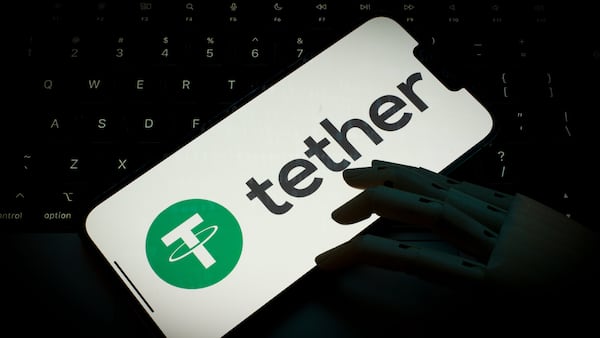- Money funds allow investors to earn yield on cash-like instruments.
- While stablecoins have proven popular in crypto, tokenised money funds might offer a superior product.
Stablecoins are one of crypto’s biggest success stories, but they face growing competition from another kind of digital asset: tokenised money market funds.
The key difference between the two products can be traced to how investors take advantage of federal interest rates, according to Roger Bayston, the head of digital assets at Franklin Templeton, a giant investment firm offering a tokenised money fund.
“A money fund offers yield to the users, rather than that yield being accrued to the stablecoin issuer,” Bayston told DL News.
Stablecoins vs. money funds
Stablecoins are cryptocurrencies designed to stay on par with government-issued currencies like the US dollar. And there’s significant demand for them, with the stablecoin market currently worth over $171 billion.
The tokens issued by dominant stablecoin firms like Tether and Circle are backed one to one by dollar reserves. For example, any client who wishes to redeem 100 tokens will receive $100 in return.
But these firms don’t simply keep their reserves lying around in cash. Rather, they invest them in short-term US Treasury bonds and make a profit from the yield.
Tether, for example, announced in July that it had made as much as $5.2 billion in the first half of 2024 from its $97.6 billion in US debt holdings.
Tokenised money market funds differ in that they allow crypto investors to gain exposure to an array of low-risk, short-term debt securities. Like stablecoins, money fund shares remain at a $1 valuation, but they provide yield on top of that.
FOBXX and Benji
Franklin Templeton’s Onchain U.S. Government Money Fund — FOBXX for short — provides holders with a 5.12% yield, which it earns through investments in various US treasury bills and Federal Home Loan Banks.
The fund is worth $420 million, and its shares are represented onchain through Benji tokens. Each token is worth one share, and each share is worth $1.
While FOBXX is available on a number of different networks — Arbitrum, Avalanche, Stellar, Polygon — investors can only gain exposure to it through Franklin Templeton’s web portal and dedicated apps.
In other words, while the fund uses public blockchains, it isn’t permissionless the same way DeFi protocols tend to be.
“The fund is available to US-based investors that meet the same know-your-customer, anti-money laundering standards that we have for investors putting money in our mutual funds,” Bayston said.
$6.4 trillion market
Money funds might be new to crypto, but they’re ubiquitous in the broader financial system.
The first money fund launched in 1971. Since then, the sector has amassed more than $6.4 trillion in assets in the US alone. That’s about three times the valuation of the entire cryptocurrency market, which currently sits at $2.1 trillion.
“We see a wide and expanding opportunity to bring these very plain, vanilla money fund features onto these networks,” Bayston said.
The long-term objective is for money funds to permeate across the ecosystem, and be used the same way as stablecoins.
“If you predict that stablecoins are going to grow everywhere, money funds have the possibility to achieve that same kind of opportunity,” Bayston said.
Tom Carreras writes about markets for DL News. Got a tip about tokenised money funds? Reach out at tcarreras@dlnews.com.







